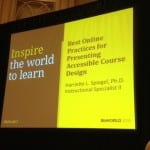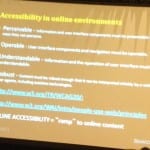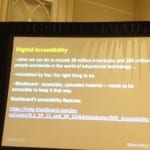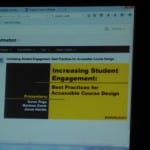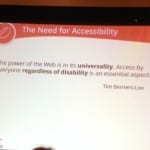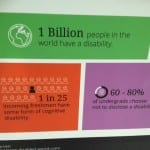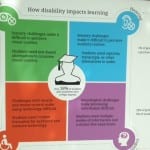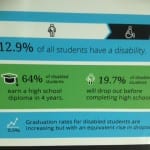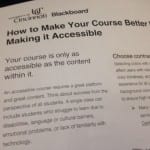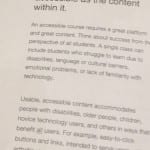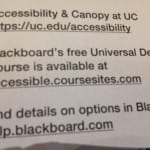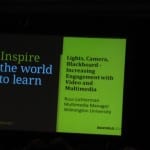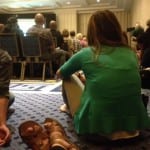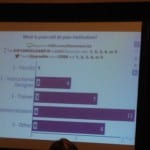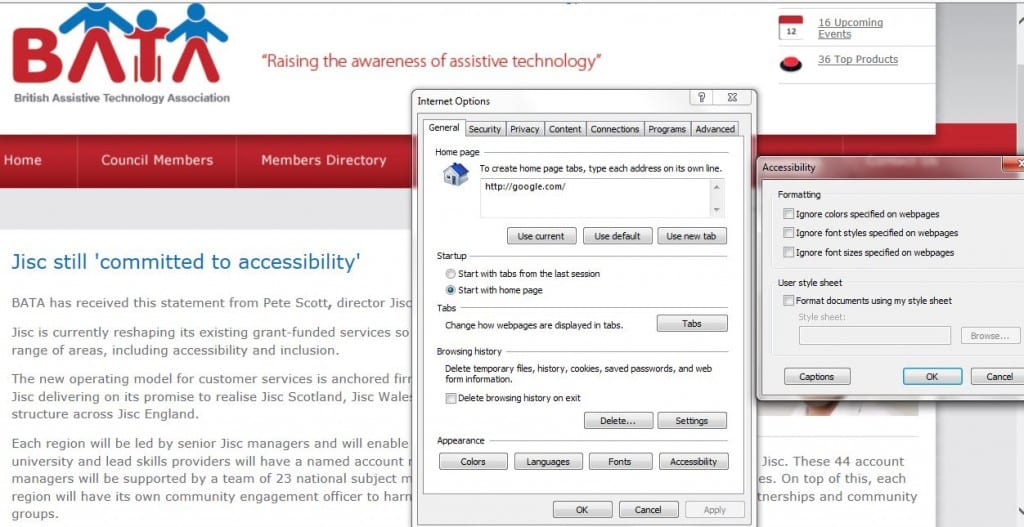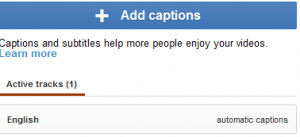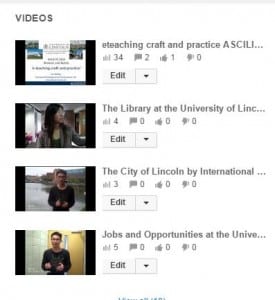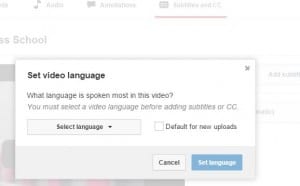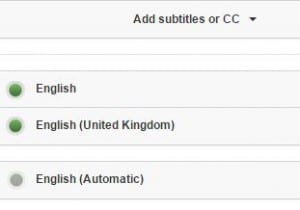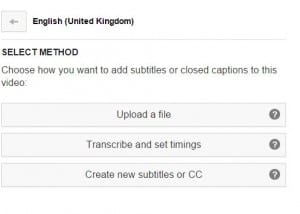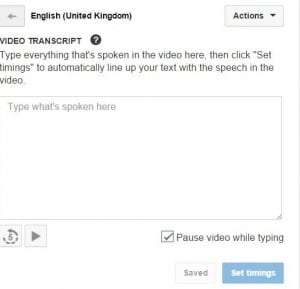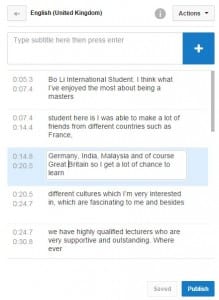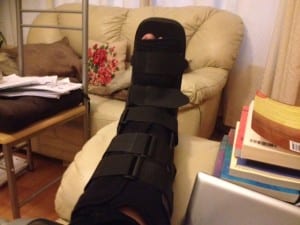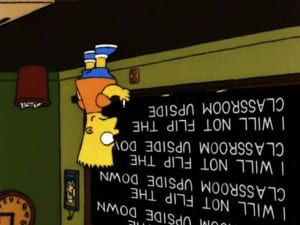The focus on reimagining education to fit broader cohorts – reshaping itself for students rather than students reshaping themselves to fit traditional offerings – is making tangible differences to approaches to virtual learning and a number of presentations at BbWorld15 included digital accessibility. The sessions were well attended and offered pragmatic frameworks where the rationale for changing practice was a given. Sessions had less emphasis on the ‘why’ and more about the ‘how’. It’s like the reality of widening participation to an eclectic student base, including people with varying disabilities and impairments, is accepted almost without question. Of particular note was the high profile given to veterans returning to education. Diversity was not openly questioned. Instead I found a genuine interest in how to ensure inclusive practice with online learning resources.
Henrietta Spiegel offered steps to make Word, Excel, PowerPoint and PDF formats accessible and included useful examples of the rubbish generated by YouTube’s automatic captioning system. Come on Blackboard. Invest in voice recognition software and you’ll be onto a winner. Marlene Zentz, from the University of Montana, had student Aaron Page demonstrating Jaws screen reading software. Thanks Aaron. For anyone not understanding the value of technology for visual impairment, you may have taken them over the learning threshold with your real life examples of what happens if Heading Styles and meaningful text links are not used. It isn’t technically difficult. It just means use Heading Style 1,2,3 etc in MS Word and avoid the words ‘click here’ in a URL. No pictures unfortunately. I’m hoping all the presentation slides will soon be available online.
David Rathburn from the University of Cincinnati was a allocated a 5.15 slot but it was still well attended. This was the only session I saw which provided a handout – a useful reminder of how helpful this when information and experience overload in developing! I nearly cheered out loud (but I’m British) to see the quote from Tim Berners Lee on how the ambitions of the early internet pioneers was to create a digital democracy. Sad therefore that nearly 30 years on, digital divides are wider and more invisible than ever before. However, if digital educators can ‘get it’ then the future is is potentially a more inclusive one.
For me, accessibility sessions like these are inspiring. Digital inclusion is not difficult, it just needs a shift in alignment from assuming everyone operates in digital environments in the same ways you and your immediate colleagues do and a more critical ‘think before you link’ approach when uploading content to VLEs.
Closely associated to the subject of inclusive practice is multimedia. Many of these sessions were standing room only which emphasises the value being placed on audio and video learning resources. I liked the idea of using a video in site announcements and discussion threads. Blackboard have recently acquired VoiceThread so it would be useful if some of VT’a simplicity was incorporated into Bb. My TELEDA courses have raised a number of multimedia type issues. Many academic staff don’t have access to a webcam or a microphone or even a quiet place to make recordings; something reaffirmed by others here this week. (One session I missed was about developers carrying their tools in backpacks – not ideal but maybe a potential solution.)
A Poll carried out within one session – image on the right below – also reaffirmed the on campus digital divides I’m looking to narrow and bridge with my research showing an almost nil representation at the conference from academics/faculty.
A multimedia explosion has been created from the affordances of user generated content, the shift of media production from professional to amateur and from fixed studio to mobile (and personal) devices. Blended delivery and flipped learning are all creating pressure for more interactive resources. A starting point is to raise awareness of OER content and efficient ways of embedding multimedia into Blackboard sites. The next step is to look at creating our own. You don’t need to be a professional – content can be ‘good enough’ to still be effective. It’s the learning design rather than technical expertise which makes the difference.
Part of the problem is the need to rethink the traditional boundaries between ‘technology training’ and ‘teacher education’. This was the subject of my presentation and there is more information on this in #Bbworld15 Part Four.
